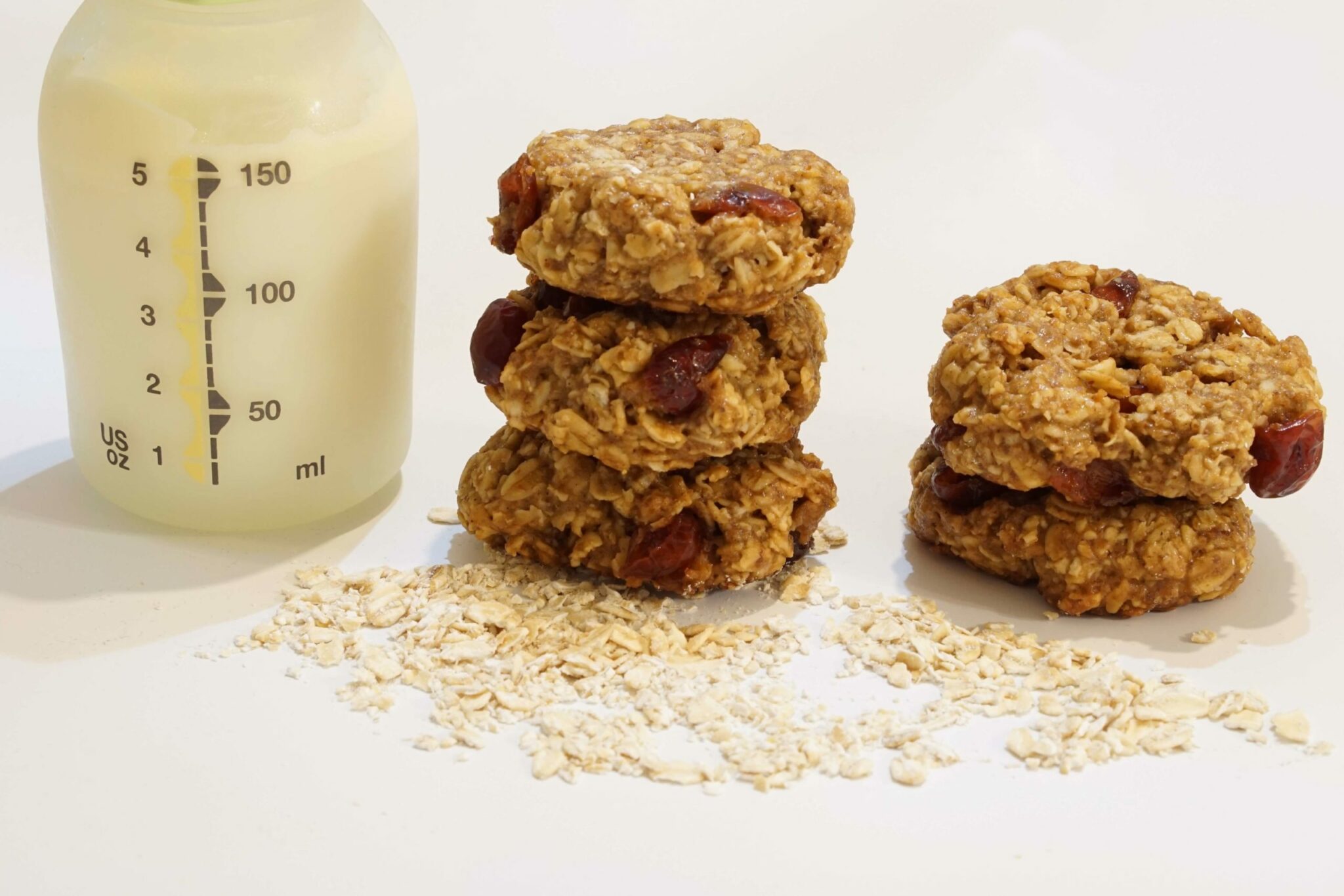What’s in Breast Milk?


Breast milk is the food of choice for newborns and babies, and the benefits of breastfeeding are beyond doubt. But why, exactly? What\’s in breast milk that makes it the perfect food for your baby?
The easy answer is that breast milk was designed to meet your baby\’s exact nutritional needs. It even changes over time, from the beginning of the feed until the end, from feeding to feeding, day to day, as your baby\’s needs change. Over the course of the first month, the composition of breast milk slowly changes and adapts to your baby\’s developing digestive system and needs. After approximately the first month, breast milk stabilizes in the form it will remain in until your baby is done breastfeeding.
Beginning in the last trimester of pregnancy and continuing for the first few days after delivery, the breasts produce colostrum, a thick, yellowish fluid, rich in carbohydrates, protein, and antibodies. Next comes about two weeks of \”transitional milk,\” a rich, creamy milk that is lower in antibodies but higher in volume. “Mature milk,” which appears near the end of the second week after childbirth, is thinner at the start of the feeding (foremilk) and looks more watery and even bluish, a bit like skim milk. Later in the feeding, fat is released and the milk (hindmilk) becomes creamier.
Nutritional content of breast milk
Breast milk is a complete source of macronutrients, including carbohydrates, fats, and protein. The nutritional profile of mature breast milk includes:
About 1.1 grams of easily digested proteins per 100 ml, mainly whey and casein.
About 4.2 grams of fat per 100 ml, including fats that are necessary for your baby’s brain development and for the absorption of fat-soluble vitamins.
About 7 grams of the carbohydrate lactose per 100 ml. Lactose accounts for approximately 40 percent of the total calories provided by breast milk (fat is the next highest source of calories). Lactose helps decrease the amount of unhealthy bacteria in the baby’s stomach, fights disease, and improves the absorption of minerals in breast milk.
Vitamins and minerals, including fat-soluble vitamins like A, D, E, and K and water-soluble vitamins like C, riboflavin, niacin, and pantothenic acid. The nutritional content of breast milk depends somewhat on Mom\’s diet, which is why many pediatricians recommend that nursing mothers continue with prenatal vitamins. As always, consult your physician for specific guidelines.
Human breast milk contaminants
Many mothers worry about contaminants in breast milk, but the good news is that it\’s very rare that a nursing child is harmed by environmental contaminants in breast milk. Still, nursing mothers should use some common-sense precautions, such as thoroughly washing all fruits and vegetables, making sure foods are cooked to the appropriate internal temperatures, avoiding handling chemicals, and following their pediatrician\’s advice on keeping a safe home environment.
Sources:
- American Academy of Pediatrics
- Breastfeeding and the Use of of Human Milk.
Mayo Clinic - Breast Milk Nutritional Analysis.
American Academy of Pediatrics - Breastfeeding and Chemicals.
Powered by Bundoo®










































